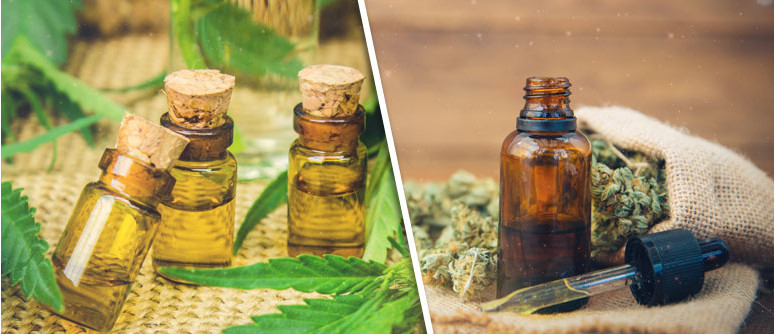How to make a cannabis tincture

Cannabis tinctures, or cannabis-infused alcohol, are coming back into style and they are super easy to make, just like this recipe.
Cannabis tinctures are alcohol-based extracts (or cannabis-infused alcohol). While not widely used today, they are making a comeback. Before prohibition, these so-called “Green” or “Golden Dragons” were the most widely used form of cannabis in the United States.
Today, they are making a comeback as both recreational and medical users search for alternative forms of consumption.
HOW TO USE CANNABIS TINCTURE
Dosing is super easy. Like cannabis oil, it can be applied under the tongue. Start with a small amount at first to understand its effect on your individual metabolism. Compared to say a marijuana brownie or other high fat treat, tinctures are the low-calorie alternative to edible cannabis.
It is also a very discreet way to consume your cannabis as it does not have an odour. As such, tinctures are a handy way to medicate on the go.
Tinctures can also be incorporated after cooking into many different kinds of foods and drinks, including juices, ice cream, sherbet and gelatine, soups, salad dressing, any savoury or sweet dish.
INGREDIENTS
- 28 grams of cannabis. You can also add kief for potency
- 475ml of pure grain alcohol or a high ABV liquor
- A cannabis grinder
- Aluminium foil
- Sealable plastic bag
- 1 large mason jar
- 1 oven-safe pan
- 2 coffee filters
- 1 cheesecloth
- 1 rubber band
- 1 pair of latex gloves
- 1 funnel
- Sealable medicine bottles with dropper
HOW MUCH CANNABIS DO I NEED?
One of the great benefits of making your own tinctures is, that you can create personalized medication. For every 500ml of tincture, you will tend to need about the following amount of cannabis:
- Bud: 30-40 grams or
- Leaf: 80-100 grams or
- Kief or hash: 5-10 grams or
- Trim: 50 grams
HOW TO MAKE TINCTURES
Unfortunately for those who need to operate in stealth mode, you still need to decarboxylate your weed. This means, that you can’t entirely cook in secret, although the cooking time is much shorter.
- Grind your flower to the finest possible consistency. A coffee grinder works well. So does a professional blender.
- Place your ground cannabis into a plastic bag and place in the freezer for at least an hour. This allows the THC molecules to retain their structure during the solution process.
- Remove the cannabis from the freezer. Preheat your oven to 106-110°C. Spread your material evenly in an oven-safe pan. Place in the preheated oven for 60 minutes. Some people like to cover the cannabis with tin foil to prevent the risk of burning. Cook for one hour. THC boils at 115.5°C, which defeats the purpose of decarboxylation.
- Remove the decarboxylated cannabis from the oven. Allow the pan to cool, but keep the foil in place.
- When the pan is cool to the touch, transfer the cannabis into the large mason jar. Add alcohol. Pour just enough alcohol into the jar, so that it just covers the top of the cannabis.
- Put the jar into the freezer for at least one week. You can leave it there for up to six months. However, most people find, that the solution to be ready after about 2-3 weeks. Shake the jar daily. This is important. It disturbs the plant matter and allows even distribution of the cannabinoids in the solution.
- After your substance has steeped enough, strain the mixture. Use cheesecloth to transfer the liquid from the mason jar into your storage container. Once the liquid has stopped passing through, squeeze the cloth until all the liquid is rendered. Be sure to use gloves when you do this. Tincture can seep into pores very easily and can have an effect!
- You will now have a very murky tincture. Clean out the original jar and dry it thoroughly. Place two coffee filters over the opening of the jar and secure in place with a rubber band.
- Slowly pour the tincture through the filters back into the mason jar until all of the plant matter is caught in the filter.
- Fill into dropper bottles and use according to your needs.




